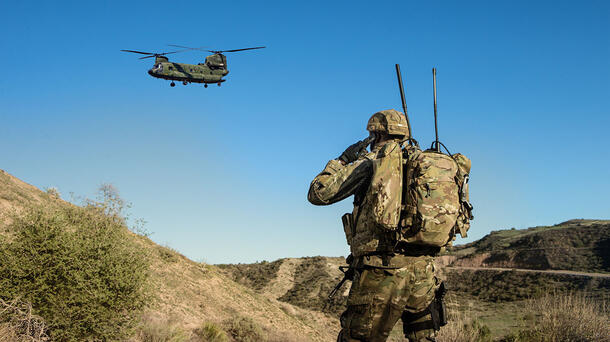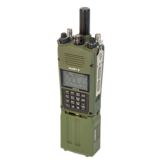The United States is learning a multitude of lessons learned regarding a new era of combat while supporting allies and strategic partners in current conflicts abroad. These lessons will inform what capabilities are required during potential conflicts against peer adversaries in the Indo-Pacific region, as well as where potential enemies have peer technologies to attempt to counter American combat effects.
As such, U.S. military services, including the Army, are keying in on modernization requirements that extend troops’ ability to engage adversaries faster and from farther distances. Success requires command-and-control on-the-move and resilient multi-domain interoperability.
“Military assets distributed across the modern battlespace are moving faster and becoming more interconnected and interdependent as technology evolves,” said Chris Aebli, L3Harris president of Tactical Communications. “The ability for U.S. forces to communicate and coordinate in real time is crucial for success. Individuals, formations and platforms, regardless of where they are, need assurance that their comms are neither detected, intercepted, jammed nor otherwise disrupted.”
To address this, the U.S. Army recently selected the Mobile User Objective System (MUOS)-capable L3Harris Falcon® IV AN/PRC-158 Multichannel Manpack radio as the Air-to-Ground Network Radio (AGNR) for its CH-47 Chinooks. The Army will begin radio and Aviation Interface Backplane (AIB) mount installation on the helicopters next year, according to its fleet maintenance and upgrade schedule, and expects to complete fleet integration by 2028, according to David Minaschek, L3Harris Account Management lead.
Under AGNR, AN/PRC-158-equipped aircraft will be able to leverage all waveforms satisfying the Army’s Handheld, Manpack & Small Form Factor (HMS) requirements, further increasing the service’s air-to-ground interoperability, while simultaneously integrating voice and data communications, network routing and gateway functions. The AN/PRC-158’s software-defined flexible architecture and interoperability also lends to reduced integration costs for sister services for future Modification Work Order integration activities.
Deliveries of the AN/PRC-158 are part of the service’s HMS program, according to Minaschek.
L3Harris has supported the Army’s HMS program since its inception, providing both AN/PRC-158s and AN/PRC-163 Multichannel Handheld “Leader” radios, including delivery contracts awarded last year.




